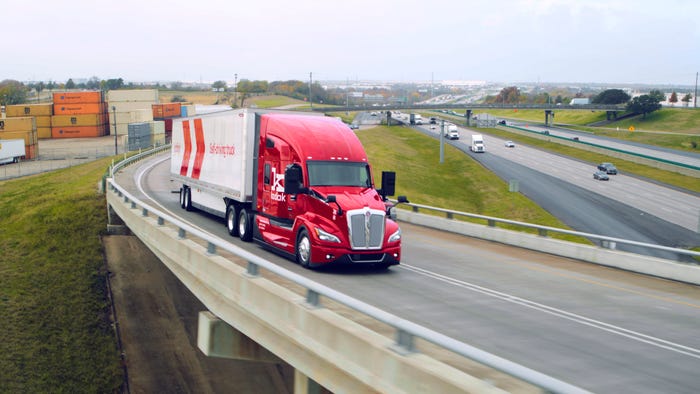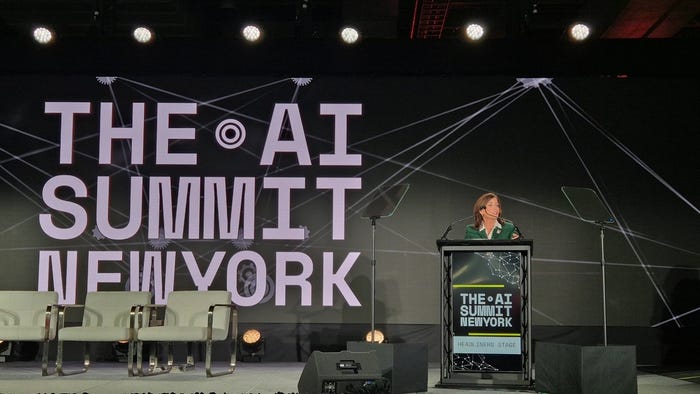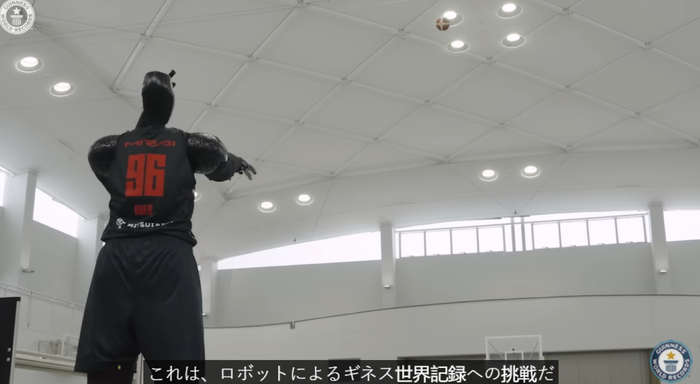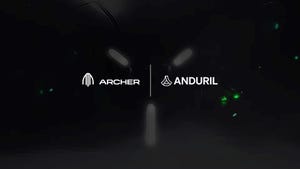Kodiak Leads the Charge in Self-Driving Trucks
IoT World Today chats with Kodiak CEO and co-founder Don Burnette
.jpg?width=1280&auto=webp&quality=95&format=jpg&disable=upscale)
In the turbulent landscape of autonomous long-haul trucks, Kodiak Robotics was a clear winner in 2023.
A rollercoaster 12 months saw several high-profile players depart the scene – Embark Trucks was sold, TuSimple quit the United States and Waymo opted to concentrate on robotaxis rather than its Waymo Via freight business.
Silicon Valley-based Kodiak, though, continued to provide its self-driving freight solutions across an expanding number of lanes in America’s southern states, accumulating more than 70,000 miles per month over 18,000 miles of highway, as it prepares for the introduction of fully driverless testing in 2024.
In an exclusive interview with IoT World Today, CEO and co-founder Don Burnette likened privately-owned Kodiak’s continuing upward trajectory as similar to the famous “tortoise and the hare” fable. “We’ve been the tortoise. We’ve been moving slowly. We’re small, we’ve been quiet. But really, we’ve taken over this industry,” he claims.
Citing Aurora as the other main player in what he perceives as a “two-horse” race, Burnette – who is now at his fourth self-driving company – has a clear idea of what’s required for success in the industry. “Experience,” he says.
“Having experience, I think, is what has set us apart from others. What aspects of the development are important? What aspects are not important? When you look at some of the companies that have not succeeded, they were first-time entrants into the self-driving space,” he continues.
Kodiak’s journey will break new ground in 2024, with driverless testing earmarked on public roads “for Q3.” The company’s automated driving software is “feature complete” and ready for the task, but a bigger challenge has been a redundant truck platform. Trucks have lagged behind passenger cars in terms of redundant chassis and redundant controls, but are finally catching up.
Burnette explains: “We’re looking forward to gaining access to a redundant platform in 2024 that will allow us to finally have the reliability that we believe is necessary in order to safely go driverless on public roads. That’s the missing piece.”
The initial focus is on the Dallas-Houston route, which is about 220 miles long and Kodiak already operates on (with safety drivers of course). The first tests will be much shorter than 220 miles, as Kodiak builds up incrementally, with the target to have driverless trucks operating commercially by 2025.

By then other routes – such as Dallas to Atlanta, or Houston to Jacksonville – may also be in play as Kodiak attempts to scale.
As befits any ambitious company, though, there are plenty of other long-term goals on its radar.
International expansion is a potential target. Burnette admits: “Brazil… Australia… Some areas of the Middle East and Asia… there are massive, long stretches of highway where lots of goods are moved. These areas are ripe for innovation, perfect use cases for the self-driving truck. So, yes, we’re definitely looking in that direction.”
Closer to home, Governor Gavin Newsom’s veto of legislation aiming to prevent driverless testing of trucks in California gives Burnette belief that the Golden State may join the Kodiak roadmap at some point. “We feel good about operations in 2024,” he states.
Burnette is also optimistic about Kodiak’s autonomous tech featuring in more, different vehicles after recent tests of a Ford F-150 as part of the company’s lucrative $50 million deal with the U.S. military.
“We can operate our system more or less anywhere, in any environment – highways, surface streets, slow roads, dirt roads, off-road, in the field, through the Rock Valley,” he explains. “Additionally, it’s incredibly modular. So, the hardware system in Kodiak’s patented sensor pods can be retrofitted onto any form factor of vehicle made by any OEM.”
That raises the possibility of Kodiak tech filtering into the likes of box trucks, delivery vehicles and even passenger cars. But with regulatory approval secured, the immediate priority is the successful launch of driverless operations next year.
It’s an exciting prospect and reinforces Burnette’s belief that autonomous vehicles are on the right track, despite the negative headlines which have dominated the latter half of 2023, following self-driving taxi firm Cruise’s problems.
“Twenty years from now, you will definitely be able to go anywhere, at least in the U.S., but probably worldwide, and see a self-driving vehicle in every direction that you look,” he predicts.
About the Author
You May Also Like








